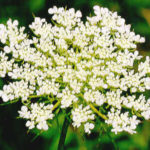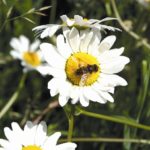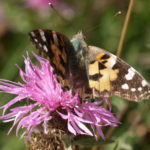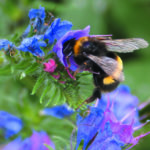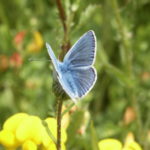Garden styles, layouts and contents have continually changed throughout the history of garden design, in terms of their structure and the plants used.
If you look carefully you can identify a series of noticeable trends within garden design which seem to get recycled and re-invented over time. In fact the majority if not all of what we would class as modern trends within garden design are borrowed ideas from the past.
Some ideas and concepts seem to lie dormant or just tick along in the background relatively unnoticed. However sometimes when the time is right, and the idea and concept(s) have been marketed in the right way, these ‘ideas’ can be seen as innovative, and take the world by storm. It is in this manner that they become known as a modernistic trend or movement.
Over the last 60 years or so there has been a noticeable trend for sustainable, organic, and more specifically wildlife gardening. This trend for wildlife gardening is increasingly popular particularly in the western world.
As a complete contrast to the neat well organised garden spaces of a more traditional garden style, the preference for allowing nature to run its course is becoming widely accepted and in many cases welcomed by many garden designers. Additionally it has certainly become an integral part of many garden design courses.
Where did it all start?
Wildlife gardening as a trend and a conscious practise can be traced back to the late part of the 1980s. It was popularised by designer Chris Baines. Chris Baines is an established environmentalist, naturalist and gardener. In 1980 he was one of a group of local environmentalists who co-founded Urban Wildlife Group the first of a series of such urban conservation organisations to appear in the UK that year. Baines built the first wildlife garden at Chelsea Flower Show in 1985, which was innovative in as much as it had never been seen at Chelsea before. In the same year his television programme Bluetits and Bumblebees, and his book ‘How to Make a Wildlife Garden,’ inspired many people to begin gardening with wildlife in mind.
Dan Pearson has also popularised wildlife gardening. His focus when designing, is to allow nature to take its course, encouraging an ecosystem to develop. His designs are therefore low maintenance. This factor in itself appeals to a wide audience, because some garden owners either do not have time to maintain a garden or perhaps are not really interested in doing so. What is apparent is that most of us want our gardens to be a functional extension of the house, a place to relax and somewhere where we can feel close to nature.
The idea of a naturalist planting scheme was further popularised by the wonderful designs of Dutch garden designer Piet Oudolf. This trend became known as the ‘New Perennial’ or ‘New Wave Planting’ movement. His naturalised planting schemes were characterised by the use of ornamental grasses with perennials, and he is especially fond of the umbel forming plants (clusters of flowers which form an umbrella shape), such as Wild Carrot (Daucus carota).

He is very aware that the soft floating properties of the grasses will soften a planting scheme and the perennials will add colour and extra texture. Additionally he was the precursor for using flowers specifically for their seed heads, because they create wonderful form and structure throughout the winter months, as well as providing food for birds.
In this respect wildlife gardening presents a potential niche for garden designers and landscapers. There is a growing demand to incorporate the philosophy of being sympathetic to wildlife and the environment, which arguably should be seen as good practise within garden design in general.
